Despite the extreme distance involved, Australia remains a popular destination among American travelers for its otherworldly landscapes and easy-going vibe. From Perth to Sydney and everything in between, this enormous island country boasts an eclectic array of exciting attractions to explore.
Although it’s among the most developed nations on Earth, you’ll still need to do some planning to ensure your trip goes off without a hitch. And that includes getting your power supply in check and knowing the basics regarding Australian outlet requirements to avoid damaging your precious electronics!




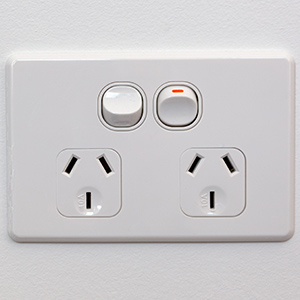
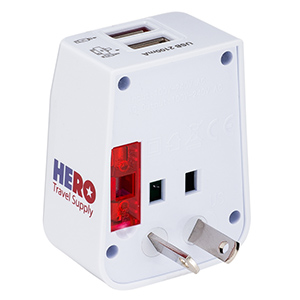
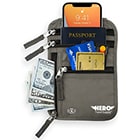
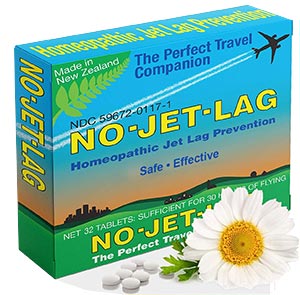

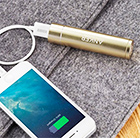
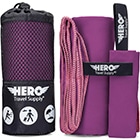

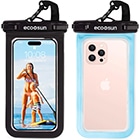
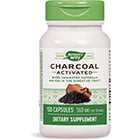
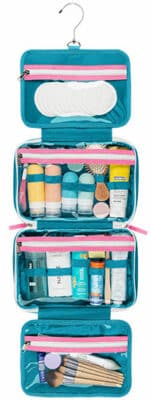
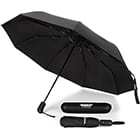

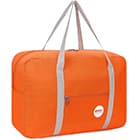
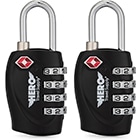
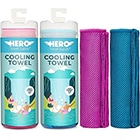
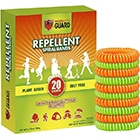
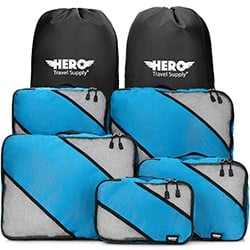

 The best time of year boils down to where you want to go. Even though it can get stinking hot, summer (Dec-Feb) is a popular time to visit as the country comes alive with a string of fun events and a more festive vibe. The lead up to Christmas is particularly exciting as the country gears up to take a few weeks off work. You can expect extreme humidity in the north and high temperatures all throughout, however.
The best time of year boils down to where you want to go. Even though it can get stinking hot, summer (Dec-Feb) is a popular time to visit as the country comes alive with a string of fun events and a more festive vibe. The lead up to Christmas is particularly exciting as the country gears up to take a few weeks off work. You can expect extreme humidity in the north and high temperatures all throughout, however.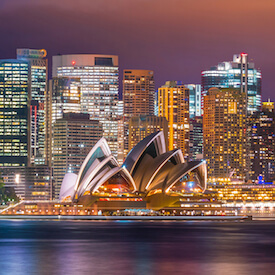 As Australia’s biggest metropolis and the home of the “best ever” Olympic Games, Sydney is among the most vibrant cities in the world. And there’s no shortage of star-studded attractions to keep an intrepid traveler entertained. Most of the action focuses on Circular Quay, A.K.A the epicenter of Australian tourism. From there, you can walk across or climb the Sydney Harbour Bridge, catch a live concert at the oddly shaped Opera House, or jump on a ferry to Manly Beach to enjoy a scenic harbor cruise on the cheap.
As Australia’s biggest metropolis and the home of the “best ever” Olympic Games, Sydney is among the most vibrant cities in the world. And there’s no shortage of star-studded attractions to keep an intrepid traveler entertained. Most of the action focuses on Circular Quay, A.K.A the epicenter of Australian tourism. From there, you can walk across or climb the Sydney Harbour Bridge, catch a live concert at the oddly shaped Opera House, or jump on a ferry to Manly Beach to enjoy a scenic harbor cruise on the cheap.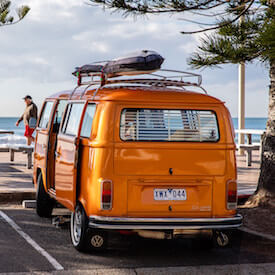 The ideal mode of transportation really depends on where you want to go, and the kind of traveler you are. Long term backpackers tend to rent a van, often sharing the cost between a group of like-minded folk. Australian roads are in tip-top shape, which makes driving between major cities a breeze. Buses are a viable option, depending on the distance in question. Greyhound Australia is the biggest operator and services most major routes.
The ideal mode of transportation really depends on where you want to go, and the kind of traveler you are. Long term backpackers tend to rent a van, often sharing the cost between a group of like-minded folk. Australian roads are in tip-top shape, which makes driving between major cities a breeze. Buses are a viable option, depending on the distance in question. Greyhound Australia is the biggest operator and services most major routes.